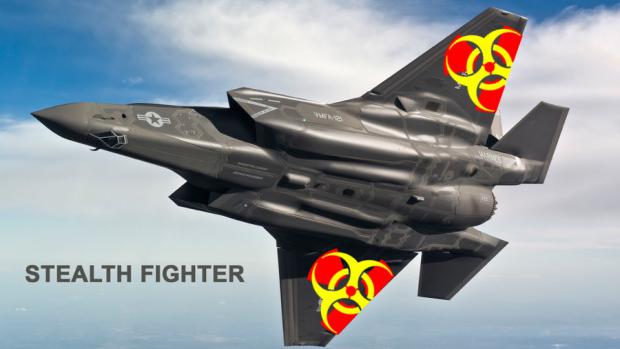
Breaking News
 $26M Frozen on Blockchain - With One Click
$26M Frozen on Blockchain - With One Click
 Italy are on national strike shutdown rejecting digital enslavement...
Italy are on national strike shutdown rejecting digital enslavement...
 The following U.S. states are currently using the rebranded "Reporty Homeland Security" so
The following U.S. states are currently using the rebranded "Reporty Homeland Security" so
 NATO Chief Urges Europe To Prepare For Long-Term World War With Russia, China, Iran & North Korea
NATO Chief Urges Europe To Prepare For Long-Term World War With Russia, China, Iran & North Korea
Top Tech News
 HUGE 32kWh LiFePO4 DIY Battery w/ 628Ah Cells! 90 Minute Build
HUGE 32kWh LiFePO4 DIY Battery w/ 628Ah Cells! 90 Minute Build
 What Has Bitcoin Become 17 Years After Satoshi Nakamoto Published The Whitepaper?
What Has Bitcoin Become 17 Years After Satoshi Nakamoto Published The Whitepaper?
 Japan just injected artificial blood into a human. No blood type needed. No refrigeration.
Japan just injected artificial blood into a human. No blood type needed. No refrigeration.
 The 6 Best LLM Tools To Run Models Locally
The 6 Best LLM Tools To Run Models Locally
 Testing My First Sodium-Ion Solar Battery
Testing My First Sodium-Ion Solar Battery
 A man once paralyzed from the waist down now stands on his own, not with machines or wires,...
A man once paralyzed from the waist down now stands on his own, not with machines or wires,...
 Review: Thumb-sized thermal camera turns your phone into a smart tool
Review: Thumb-sized thermal camera turns your phone into a smart tool
 Army To Bring Nuclear Microreactors To Its Bases By 2028
Army To Bring Nuclear Microreactors To Its Bases By 2028
 Nissan Says It's On Track For Solid-State Batteries That Double EV Range By 2028
Nissan Says It's On Track For Solid-State Batteries That Double EV Range By 2028
Lockheed Martin Patents Nuclear Fusion-Powered Fighter Jet

The Maryland-based defense contractor recently obtained a patent associated with its design for a fully compact fusion reactor, after filing for the patent in 2014.
If the latest patent from the defense company serves as a benchmark, nuclear fusion technology could revolutionize the aeronautic industry and eventually begin the quantum leap from fossil fuels to compact fusion reactors for the industry.
According to CBS Washington, the prototype system would be the size of a normal shipping container but capable of producing enough energy to power 80,000 residential homes or a Nimitz-class aircraft carrier, sometime in the next year or so.
The patent, tilted "Encapsulating Magnetic Fields for Plasma Confinement," is dated Feb. 15, 2018. CBS indicates that Skunk Works, also known as Lockheed Martin's Advanced Development Programs or its advanced R&D group, has reportedly been developing the compact fusion reactor since about 2014, with latest reports suggesting the technology could be ready for production by 2019.

 Carbon based computers that run on iron
Carbon based computers that run on iron

